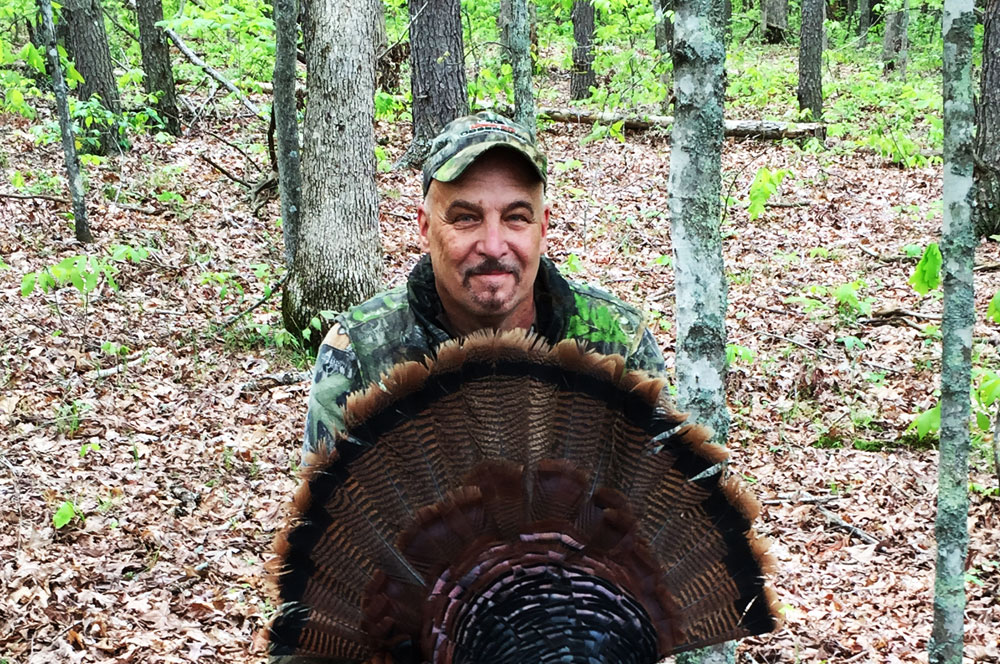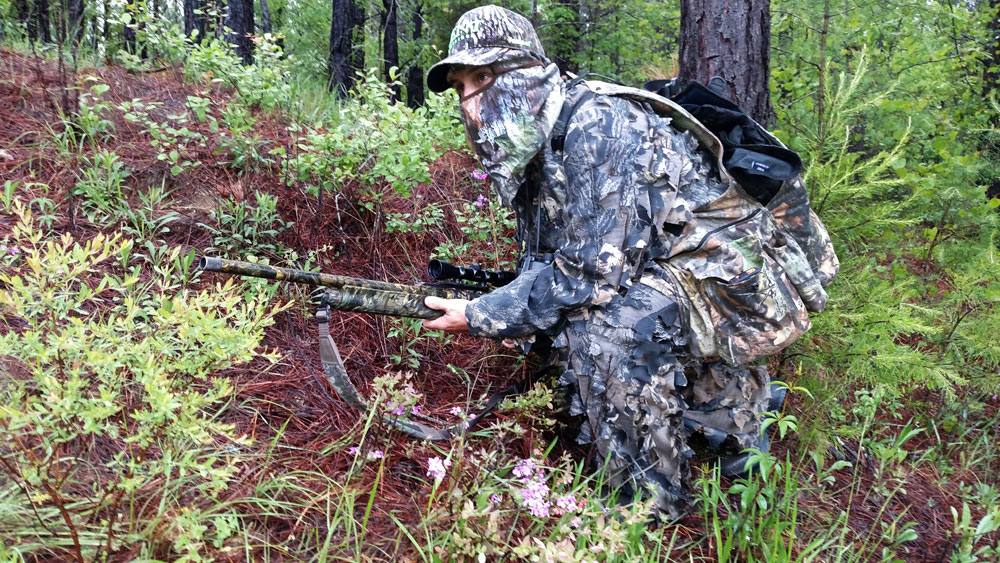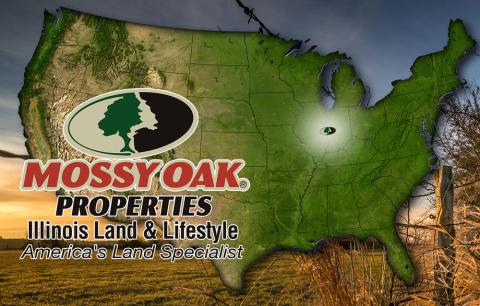provided by John E. Phillips
One of the most highly regarded turkey callers and hunters in the nation is Mossy Oak ProStaffer Paul Butski of southern New York and the small town of Scio - about 6 miles from the Pennsylvania border. This turkey hunter has won more than 250 turkey calling contests, three National Wild Turkey Federation Championships, two Levi Garrett All-American open turkey calling contests, six U.S. Open Turkey Calling contests and three Grand National contests and today works with GSM Outdoors.

How to Hunt New York’s Hill Country Gobblers
In the 1960s, I started hunting during fall turkey season because at the time, New York didn’t have a spring turkey season. I live in one of the most beautiful areas of New York.
At home in New York, I hunt on my own private land, and I also have permission to hunt on the private lands of my friends – probably about 3,500 acres combined. Only 10 or so people may hunt these turkeys.
To begin hunting in my section of the U.S., I get on a high ridge and locate a turkey with either a crow call, an owl call, a diaphragm call or a long box call - like a boat paddle type of box call. I like the long box call because it really can reach out much further than most calls can. A boat paddle style box call has a very high pitched, shrill sound that cuts through the wind. I’ve found that this style of turkey calling will make a turkey gobble when nothing else will. When trying to get a turkey to respond, I’ll start off with some loud cutting calls. Next, I’ll give a series of yelps and then loud cutting calls again. If you’re prospecting for a gobbler early in the morning, even if he doesn’t want to gobble, many times these loud, excited calls will cause him to gobble.
How to Get To a Gobbler in the Hills
Move slowly and try to get as close to that gobbler as you can on the same level he is or above him. Early in the season, when there’s not much foliage, I try to set up further from the turkey than I normally will to prevent his being able to see me. Once the leaves have grown on the trees, you usually can move closer to the gobbler before you start calling to him, especially if you’re wearing Mossy Oak camouflage. I wear Mossy Oak Obsession most of the time when I’m hunting in New York because it blends in with the foliage we have here really well. But no matter where you’re hunting in the United States during turkey season, you must blend in with your surroundings.
My first setup, even in the late season, will be somewhat further away from the turkey than I want to be. However, as long as he’s gobbling, I’ll try to move in closer. One important thing I’ve learned is that when a turkey has been gobbling good on a limb and suddenly shuts up, one or two things generally has happened. He’s either flown down to hens right at his tree, or he’s on the way to you and doesn’t want to gobble because that possibly will alert predators or another gobbler that will try and get to the hen (the hunter) before he does.

When I know I’ve got the gobbler’s attention, I’ll only use my mouth diaphragm calls. Up until this point, most of the calls we’ve been giving to the turkey have been excited calls, but once we’re within that 150-yard zone, I’m going to tone my callings down and start using softer (low volume) calls. What happens next determines how I’ll call. If the turkey sounds like he’s coming in, I’ll continue to give him soft calls like soft putts, whines and yelps. However, if I hear that turkey gobble, and I know he’s going away from me, then I’ll move up and start trying to follow him as he’s walking away.
Often when a gobbler’s walking away from you after he’s heard you calling, he may not be call-shy. Instead, he may be trying to get you to come to him, as he goes to a strut zone where he feels comfortable breeding a hen. Some turkeys are very territorial, and they’ll often take you to where they want to be. There have been many times when I’ve followed a gobbler to the top of a ridge, and once he got to where he wanted to go, he’d stop, turn around and come right back to me. So, that’s why I like to use a mouth call, because if and when that turkey turns around and comes back toward me, I’ll already be leaning up against a big tree and ready to take the shot. If the turkey hangs up, I’ll continue to give him some light yelping and soft purrs on my mouth call. I personally like a three-reed, cutter-type mouth call, since I can give extremely loud and very soft calls on this style of mouth yelper.
If the turkey comes up and refuses to come any closer, I just stop calling. That gobbler knows where I am. He’s either going to come in or not. If five or ten minutes go by, and I haven’t seen or heard the gobbler, I’ll give him some excited yelps and cutting calls to try and fire him back up and make him excited to breed. If the bird still doesn’t come in, I’ll sit still for 20-30 minutes before I leave. Remember that turkeys have two big feet but take short steps. We often try to judge how fast a turkey will come to the gun by how quickly we can walk from where he is to where we are, and that doesn’t work.



























